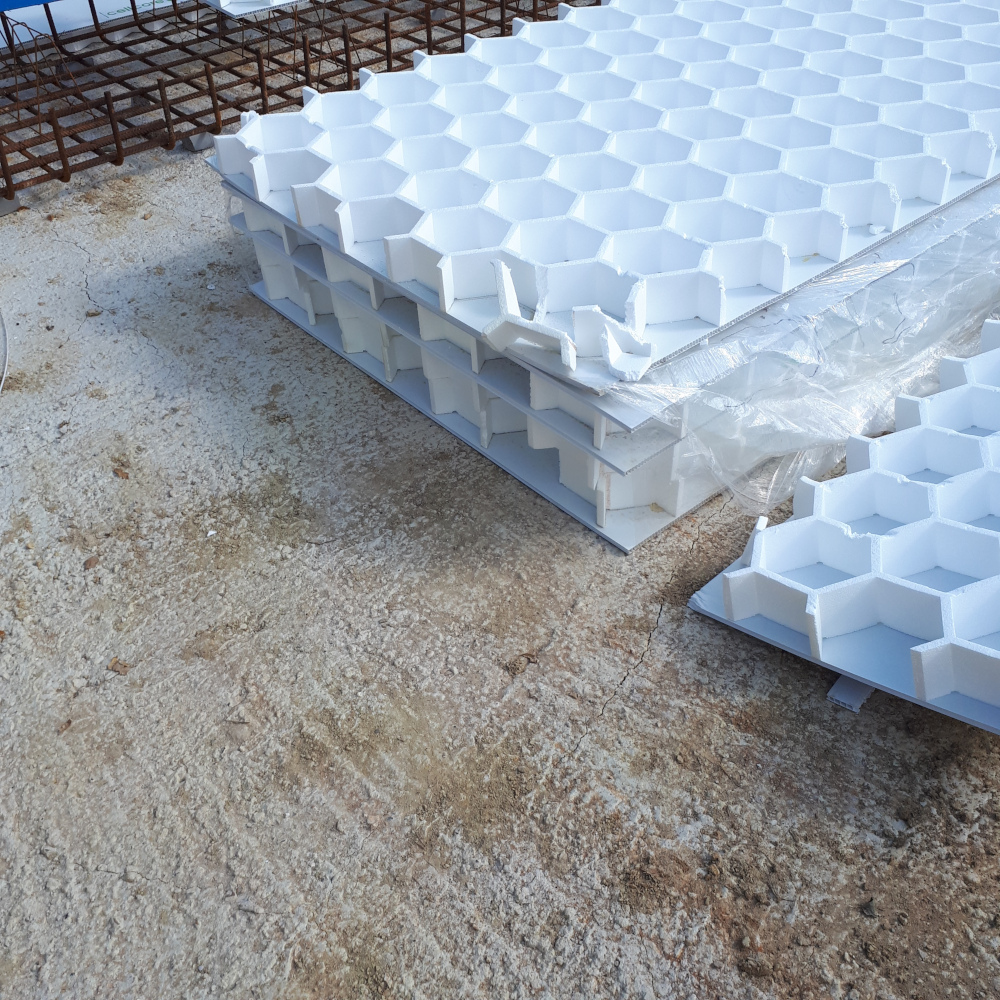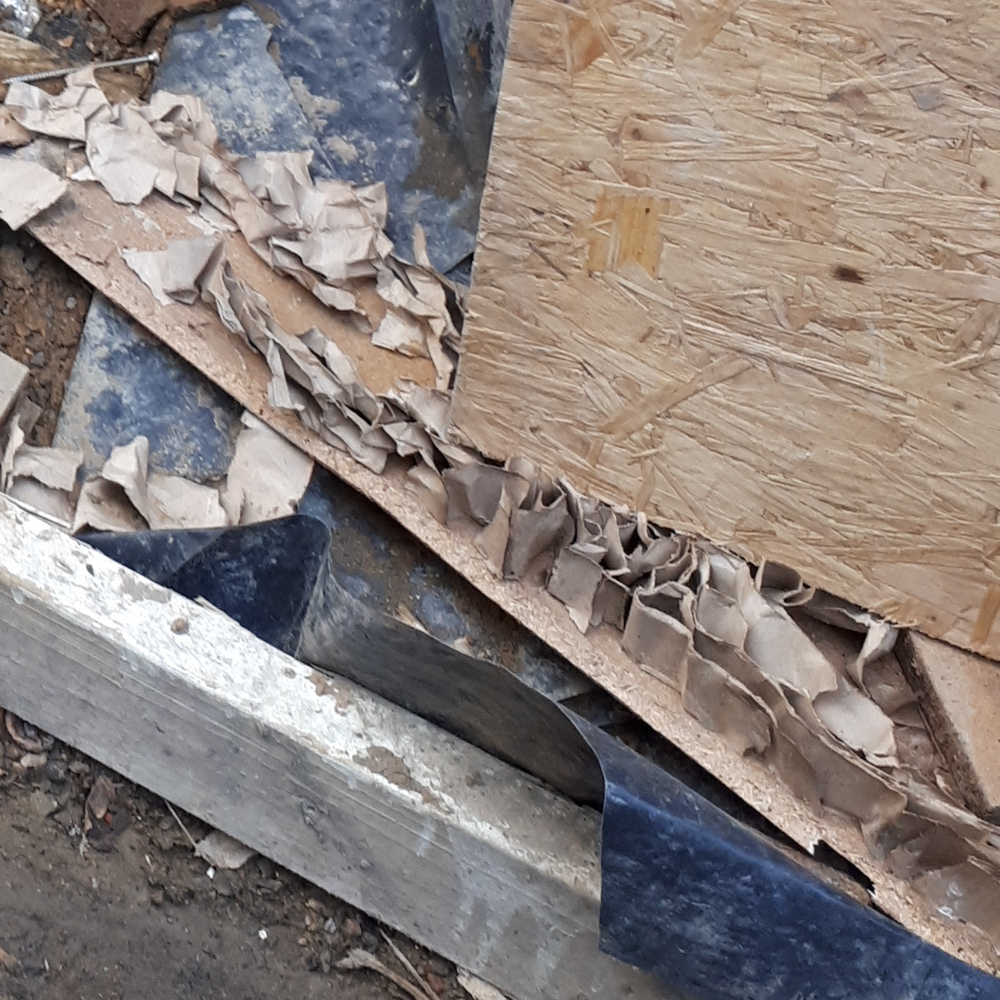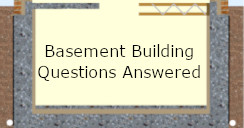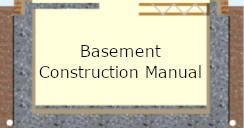|
|
Clay heave board.
When dry clay gets wet it expands with tremendous force.
If you have clay, your structural engineer will fear that during construction the clay you expose at the bottom of your excavation will change its moisture content.
It might expand and it could push your entire structure around. This is called subsidence.
Your structural engineer needs to provide a space for clay to expand into.
He does this with clay heave board.
It isn't only basements with this potential. It is quite common for house foundations to have clay heave board down one side of the foundation concrete.
|
|
|
This is one example.

This board, from Cordek, gets turned over and boards are held together with wide duct tape.
It is incredibly fragile until it is in place and all the boards fixed together. Then it becomes incredibly strong.

This entire basement is founded only on the concrete blinding where the structural engineer specified deeper steel reinforcement and no clay heave board.
The structural engineer used the information in the soil investigation report to reach his conclusion.
If the clay expands, it will expand into the polystyrene instead of lifting the basement up.
This is a paper version that just collapsed every time it got wet and it was constantly being replaced.

Back to the Basement Building Questions Answered menu.

|
Forward to the Basement Building Construction Manual menu.

|
For a fixed fee of £199 I will answer all your questions by email. More details here.

|
|
|
|

